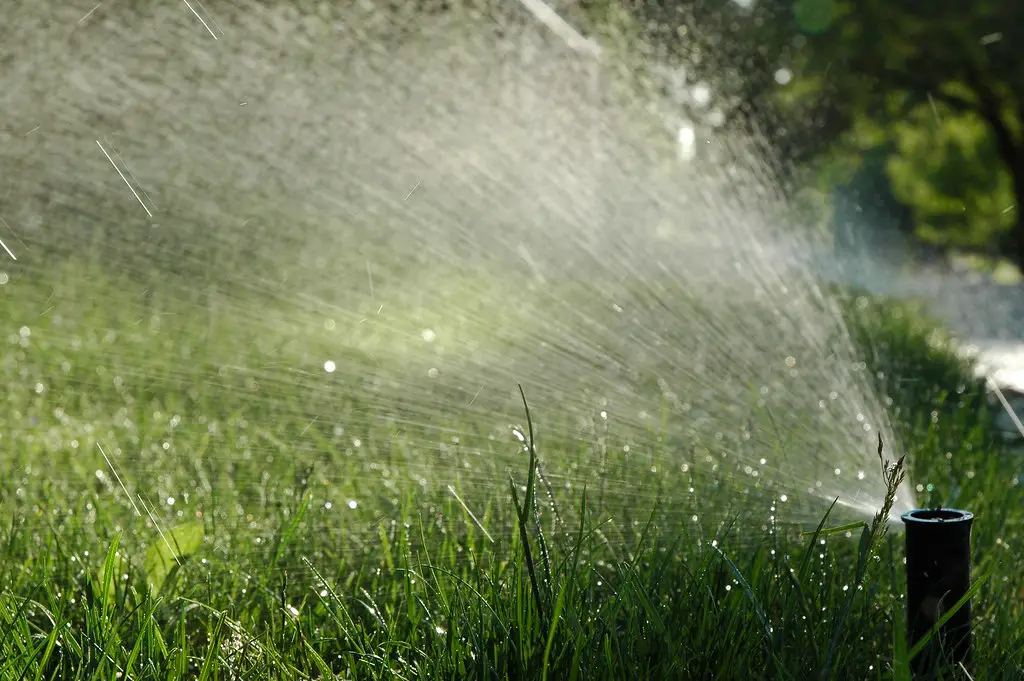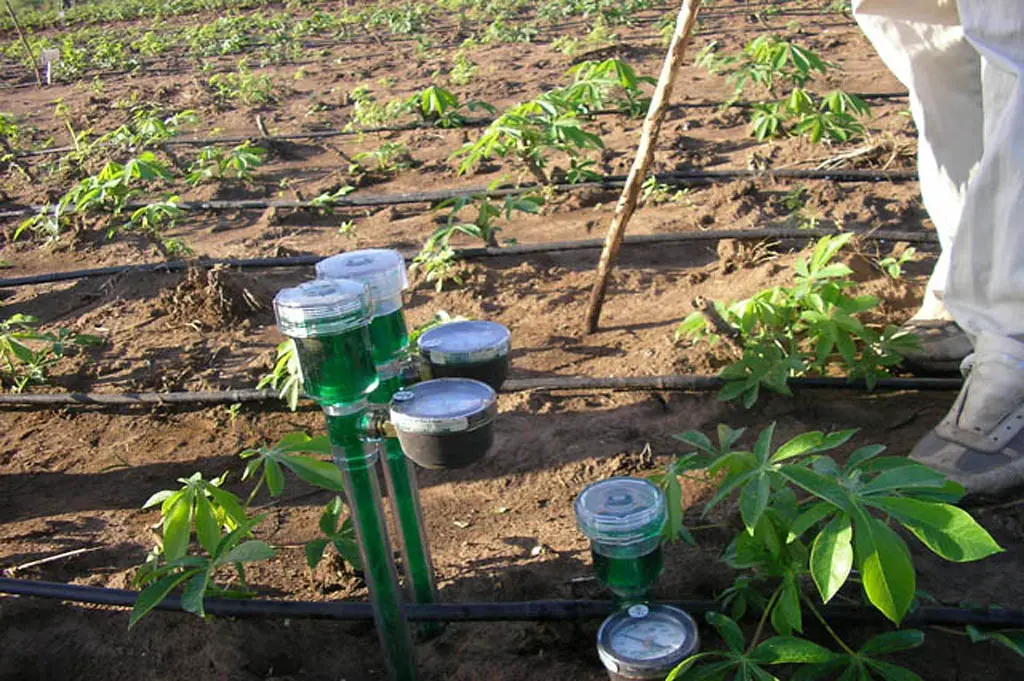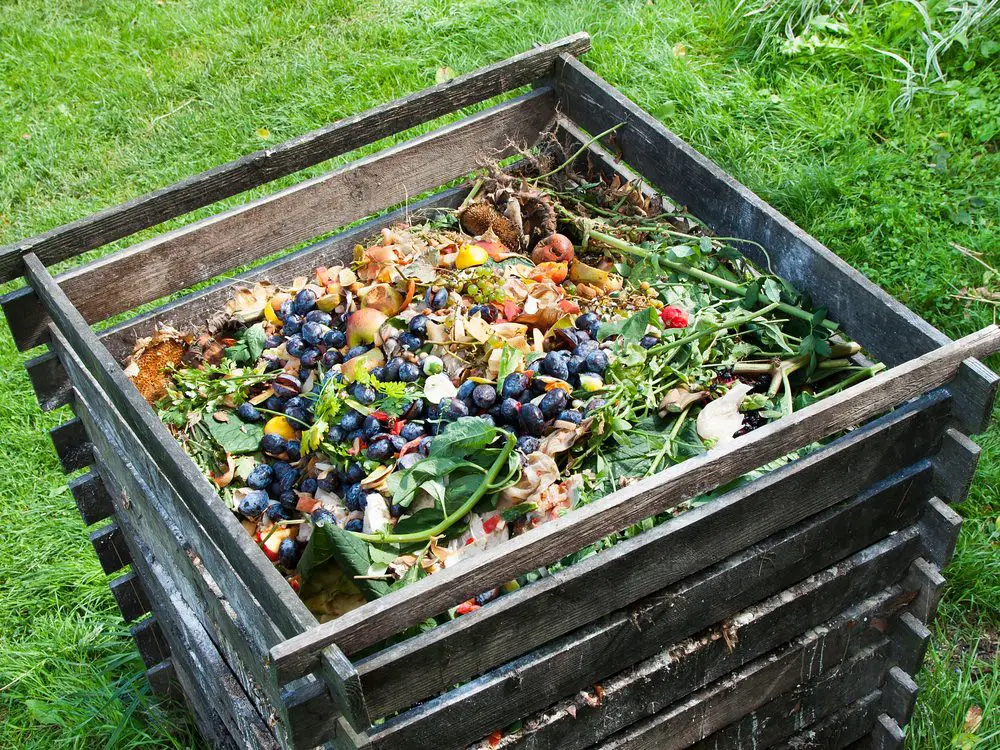As AI quietly seeps into everyday life, one area it’s transforming might surprise you: the backyard. From lawn care to irrigation and design, artificial intelligence is changing how Americans manage their outdoor spaces—often without them even realizing it. These changes are making landscaping more precise, sustainable, and efficient. Here are 14 ways AI is quietly reshaping lawns, gardens, and green spaces across the country.
1. Smart Sprinklers That Predict the Weather

Today’s irrigation systems don’t just water on a timer—they analyze forecasts. AI-powered sprinkler systems adjust watering based on expected rainfall, wind, and temperature. According to The Verge, these smart systems have become increasingly popular in drought-prone regions, where efficient water use is essential. It’s a game-changer for both sustainability and plant health.
These systems also learn from local climate patterns over time. By doing so, they develop watering schedules that are customized for a specific yard. That means your hydrangeas might get different care than your neighbor’s cacti. And it all happens without manual input once it’s set up.
2. Robotic Lawn Mowers with Terrain Mapping

Much like robot vacuums, robotic lawn mowers use AI to learn the layout of your yard. They map out boundaries, avoid flower beds, and mow in efficient patterns. CNET reports that newer models now come equipped with GPS and object recognition technology, making them smarter and more adaptable than ever before. Some even return to their charging dock automatically when the battery runs low.
These devices are especially helpful for people with large or oddly shaped lawns. They reduce noise and emissions compared to gas-powered mowers. With fewer hours spent mowing, homeowners reclaim valuable weekend time. It’s a win for convenience and sustainability.
3. Garden Health Monitors

AI-enabled garden sensors now track soil moisture, pH levels, and sunlight in real time. These devices can send alerts to your phone when your plants need attention. Real Homes notes that this kind of tech helps even inexperienced gardeners avoid common mistakes, making it easier to grow a thriving garden. The data they gather is analyzed to offer personalized care suggestions.
Over time, these systems can predict issues before they arise. Early warnings about potential disease or nutrient deficiencies help prevent garden disasters. This means fewer dead plants and less guesswork. It also helps gardeners of all levels grow more confidently.
4. AI-Powered Plant Identification

Apps like PlantSnap and PictureThis use AI to identify plants, pests, and diseases from a photo. Just snap a picture, and the app tells you what you’re looking at. According to The Guardian, these AI tools have revolutionized plant care for both hobbyists and professionals by dramatically speeding up identification. They’re especially helpful for diagnosing problems on the spot.
This capability isn’t just for homeowners—landscaping pros are using it too. It speeds up work and improves accuracy during consultations. Some tools can even recommend treatment options instantly. The result is faster, smarter care for your entire landscape.
5. Algorithmic Garden Design Tools

Garden design once required either professional help or lots of trial and error. Now, AI tools are helping homeowners generate custom landscape plans based on climate, soil type, and personal taste. These platforms suggest plant combinations that will thrive together and even simulate seasonal changes. For people who feel overwhelmed by starting from scratch, this tech provides a visual and strategic head start.
These AI-generated plans aren’t just about beauty—they’re efficient, too. The software can factor in maintenance levels and sunlight needs to make upkeep easier. It can also optimize layout to reduce water usage or enhance pollinator activity. Suddenly, you’re designing a smart, low-maintenance garden without even realizing it.
6. Automated Pest Detection

Traditional pest control often relies on damage that’s already visible. But with AI, smart cameras and soil sensors can detect insect presence before your plants show signs of stress. These systems use image recognition to distinguish between helpful bugs and harmful ones, targeting only the threats. It’s a subtle but powerful shift in how we protect our green spaces.
This early detection allows for more natural interventions. You might release beneficial insects or adjust watering to deter invaders before resorting to chemicals. Over time, these systems “learn” your yard’s patterns and risks. That kind of responsive care would be nearly impossible to manage manually.
7. Predictive Plant Care Calendars

Managing a garden is often about timing—when to prune, feed, or transplant. AI can now track seasonal cycles and your local conditions to offer personalized care calendars. Instead of generic advice, these reminders are tuned to your yard’s specific microclimate. That’s especially helpful in regions where weather is less predictable.
Over time, these calendars become smarter and more accurate. They log your successes and failures, learning which tips work best for your space. It’s like having a gardening coach who actually knows your yard. And all the guidance shows up right on your phone.
8. Voice-Controlled Outdoor Systems

Smart homes are moving outside, and AI voice assistants are part of that shift. With a simple voice command, homeowners can adjust outdoor lighting, turn on water features, or set irrigation zones. It’s a level of convenience that feels futuristic but is increasingly common. All it takes is pairing existing outdoor systems with a smart hub.
The benefit isn’t just hands-free control—it’s integration. You can program routines like “evening backyard” that dim lights, start soft music, and switch on the patio heater. Everything works together, seamlessly. It turns an ordinary backyard into an instant retreat.
9. Dynamic Landscape Lighting

AI is changing how we light our outdoor spaces. Instead of relying on fixed timers, dynamic systems adjust lighting based on motion, ambient light, and user preferences. Some systems can even shift colors or brightness depending on weather or time of day. This creates a more responsive and energy-efficient setup.
These systems also enhance security without constant monitoring. Lights can turn on when someone walks by or when your car pulls into the driveway. It’s all subtle, but highly functional. And it means one less thing you have to think about each night.
10. Smart Composting Stations

Modern composting is going high-tech. AI-enabled compost bins track internal temperature, moisture, and breakdown speed, then guide users through the process. These tools help maintain the right balance of greens and browns and alert you when adjustments are needed. It turns composting from a guessing game into a streamlined system.
For people new to composting, these tools remove a lot of the uncertainty. You’re more likely to stick with it when the process feels manageable. Over time, the resulting compost can improve your soil quality dramatically. And the system keeps learning to make future batches even better.
11. Precision Fertilizing Systems

Fertilizing your yard used to mean spreading a mix and hoping for the best. Now, AI-connected systems deliver nutrients exactly when and where they’re needed. They measure soil data and plant health to provide precision applications that cut down on waste. It’s a smarter, more sustainable way to boost growth.
This level of customization used to be available only to golf courses or big farms. But as the tech becomes cheaper, home gardeners are reaping the benefits. Fewer chemicals, less runoff, and healthier plants. It’s better for your lawn—and the environment.
12. AI-Timed Shade Solutions

With climate patterns shifting, shade is becoming more important in backyard design. AI-controlled pergolas and awnings can automatically extend or retract based on sun intensity or temperature. These systems keep your yard cooler without needing constant manual adjustment. It’s comfort that adapts to the moment.
They’re also helping protect delicate plants that need intermittent shade. You can program the timing based on your garden’s specific layout and needs. As a result, you spend less time fussing with covers or umbrellas. And your backyard becomes a smarter, more functional space.
13. Data-Driven Pollinator Support

Helping bees and butterflies used to mean planting a few wildflowers and hoping for the best. Now, AI tools analyze local insect populations and recommend specific plants that support them. These tools even track bloom times to ensure constant nectar availability. It’s targeted ecological support with real-time feedback.
Gardeners can also receive alerts if certain pollinators aren’t visiting as expected. That allows you to make small changes—like adjusting watering or swapping a plant—to attract them back. The result is a vibrant, balanced garden that supports biodiversity. And it’s powered by the same technology behind smart homes and cars.
14. Personalized Lawn Care Subscriptions

Subscription lawn services are getting smarter thanks to AI. These platforms assess satellite images, weather data, and soil reports to send customized fertilizer or seed mixes right to your door. There’s no guesswork—just open the package and apply. Over time, your lawn gets exactly what it needs to thrive.
This model turns lawn care into something anyone can manage. The AI tracks your results and tweaks future deliveries accordingly. It’s low effort, high reward. And your grass ends up looking like you hired a professional.
